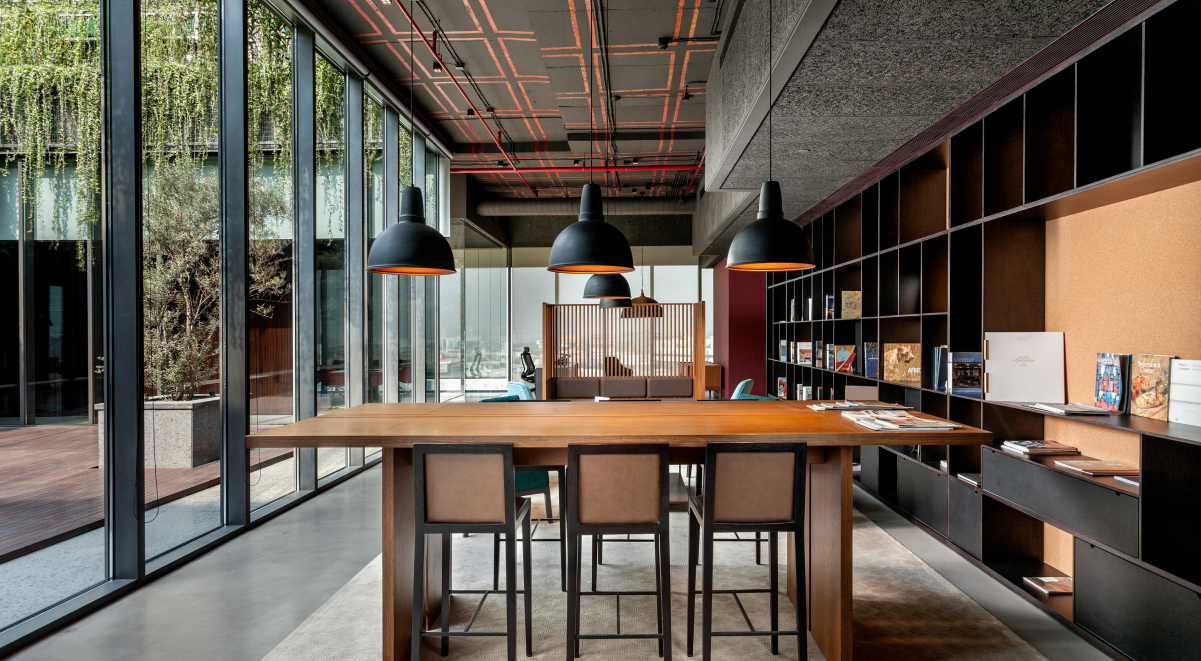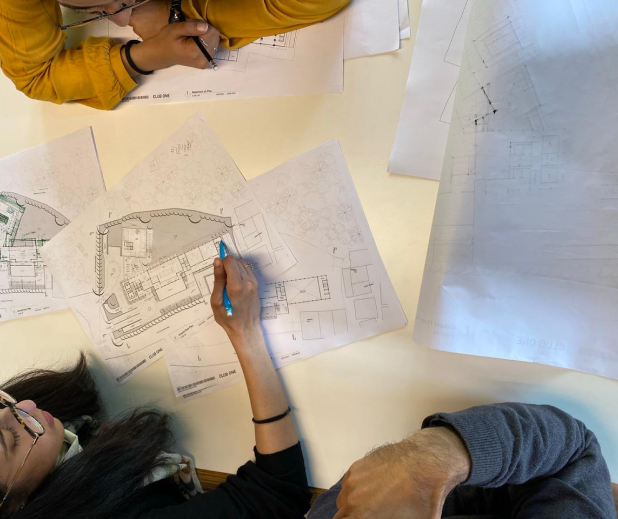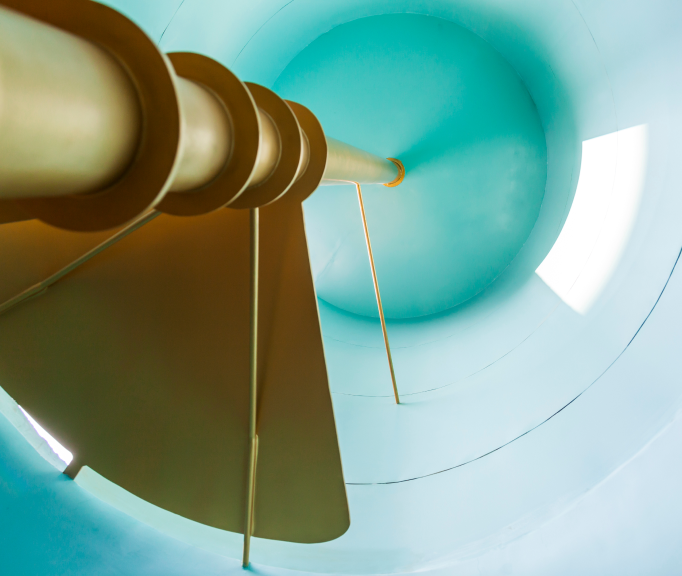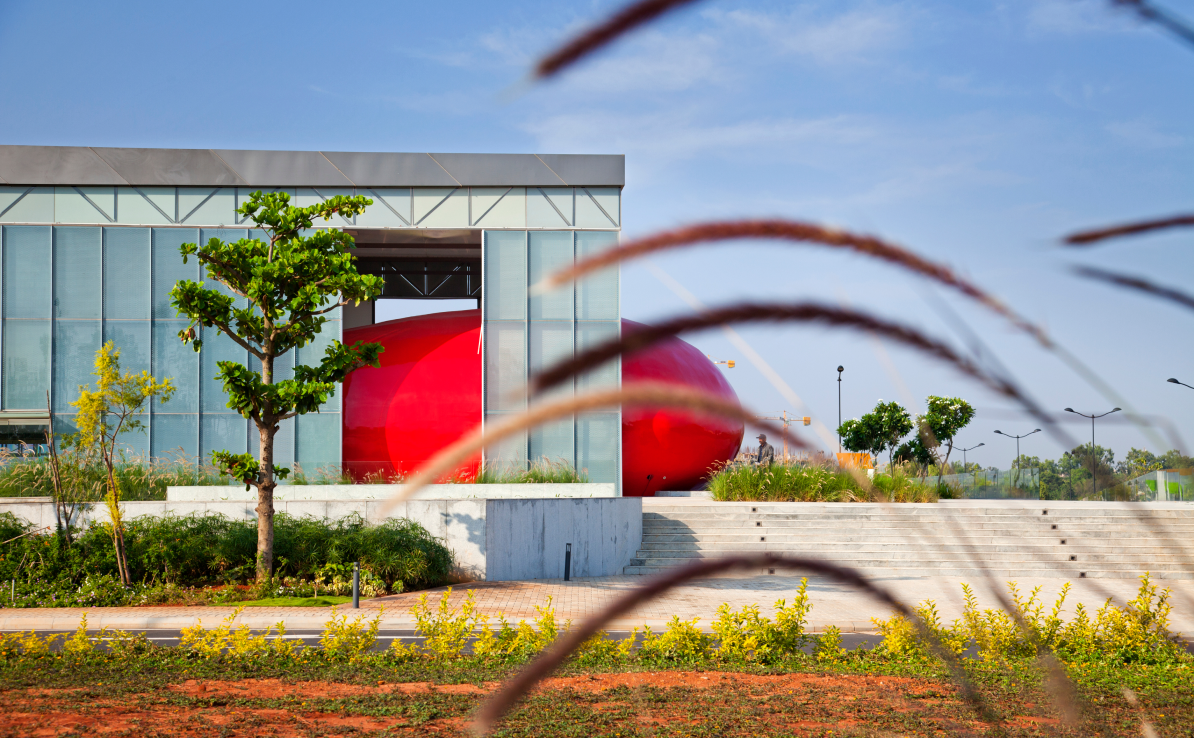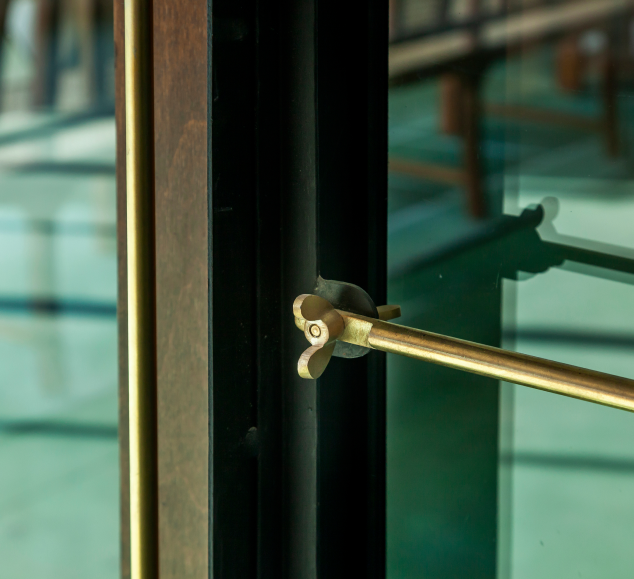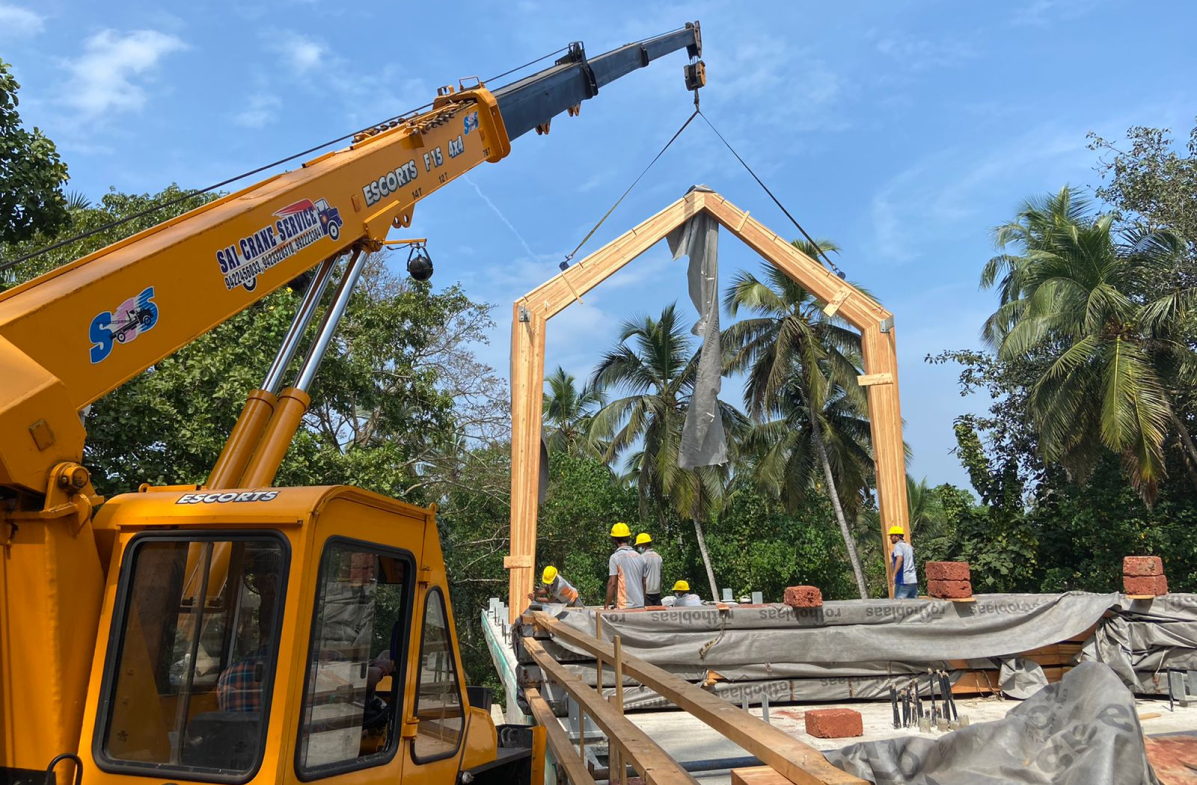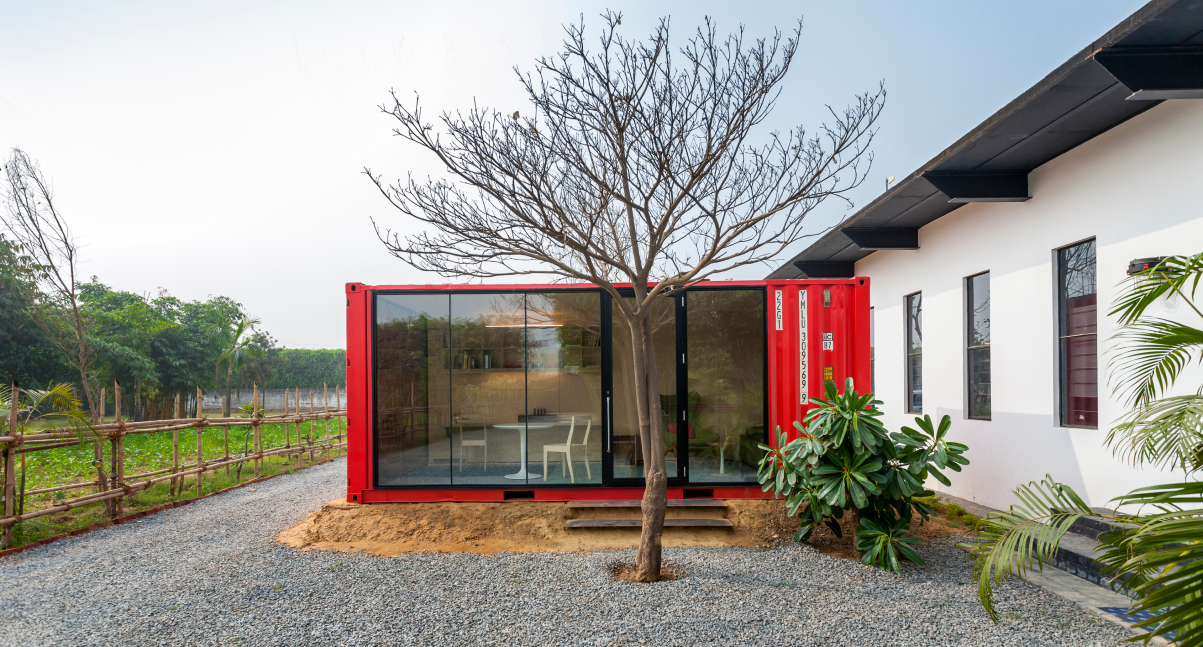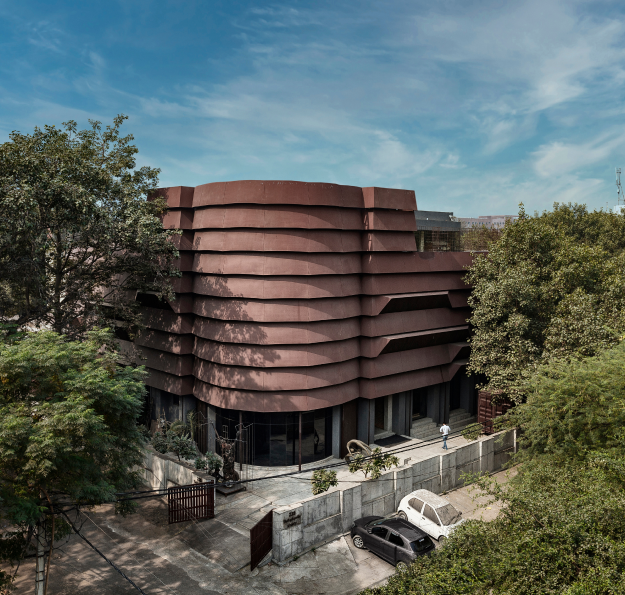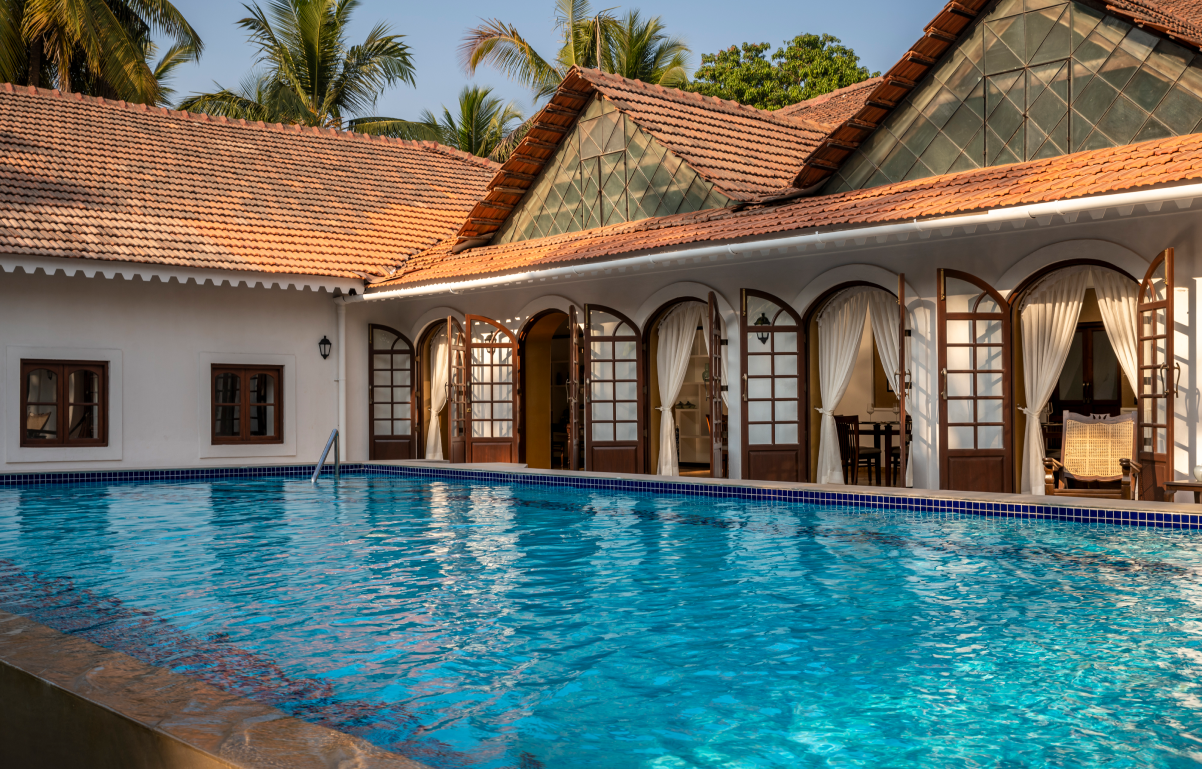Happiness Is Our Language

Real luxury has to do with the quality of space, light, and air.
Good design brings joy to the people who use it. We use the tools of natural light, air, and space in our projects to inspire happiness and a sense of contentment.
Through thoughtful design that emerges from an understanding of how people use spaces, we aspire to enrich the lives of users and add value to their endeavours.
